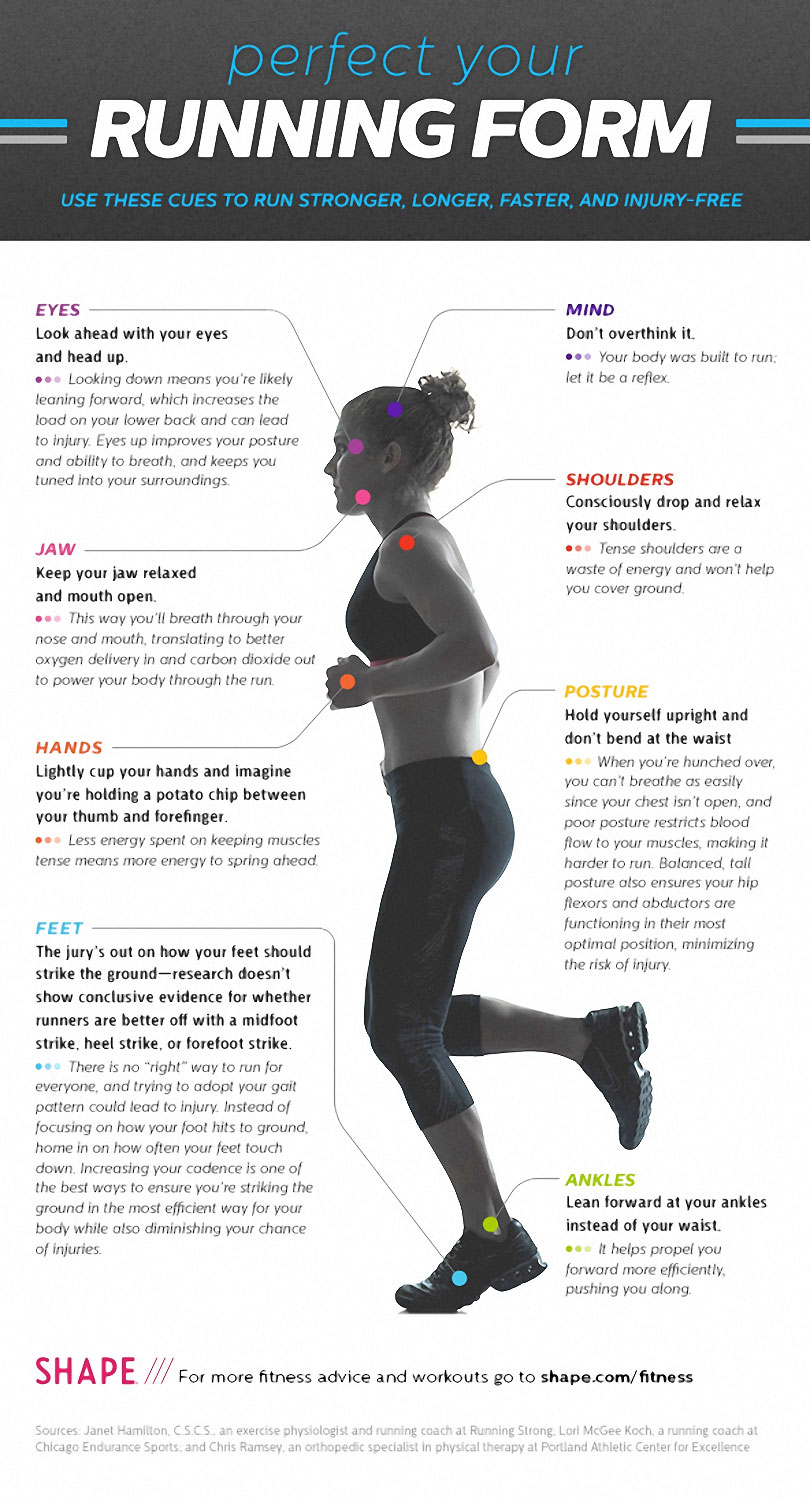[ad_1]
A study into human running speed shows that athletes performing short sprints with closed arms across the chest were almost as fast compared to sprinting with a normal arm swing.
The results provide additional insights with regards to limb synchronization while performing sprints and indicate that the classic perception that leg motion is directly driven by arm swing to impact performance isn’t accurate.
The study looked at the velocity of individuals who first sprinted for 30 meters with a regular arm swing, then sprinted again with the motion of the arms restricted. When the individuals sprinted with motion of their arms restricted, there was a slowdown of 30-meter sprint time by an average of just 0.08 seconds, a 1.6% difference to when they sprinted while swinging their arms.
The researchers did not expect to see such a small degree of difference between the 2 experimental conditions. It’s generally considered that the movement of the legs are significantly influenced by the arms, and running speed is therefore affected , which obviously isn’t the case.
The torso rotated back and forth considerably more than it normally would in order to counterbalance the legs when sprinting when the arm swing was restricted. The researchers suspect that this additional torso rotation compensated for arm motion to help in maintaining the forward-facing orientation of the body and the general mechanics required for speed.
The results of the study indicate that human runners make use of the motion of their arms to prevent the rotating away of the body from its forward-facing direction.
The compensatory twisting movements of the torso that the researchers observed when arm motion was restricted suggest that runners swing the arms as a simple and natural strategy for preventing undesirable rotations of the body.

Image Source – shape
Want to use our images on your site? Right click on image for embed code
[ad_2]
Source link
